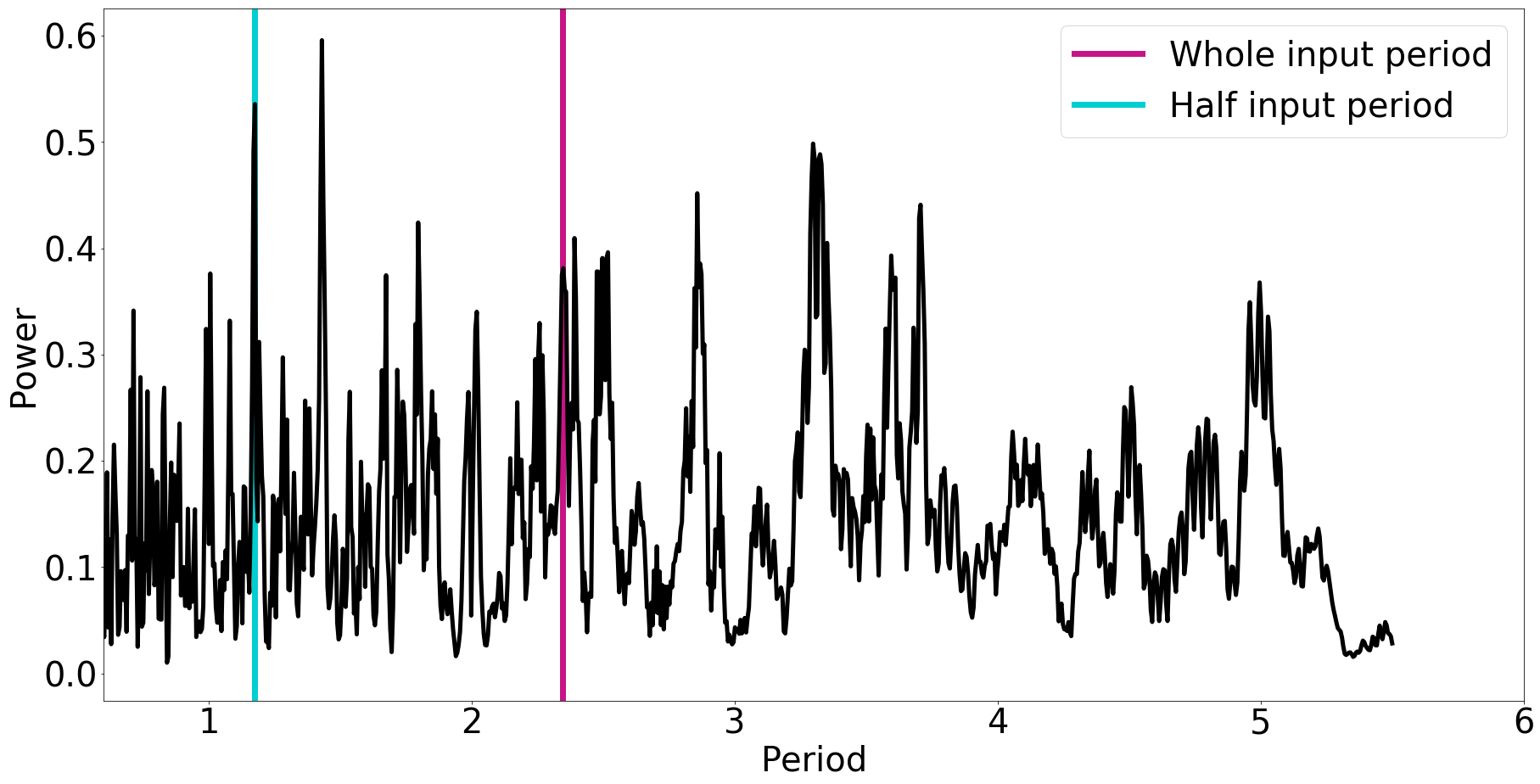Research
Ongoing Research - Eclipsing binary yield of the LSST
Using specialized Python packages, including ellc and gatspy, in conjunction with a full-scale galactic model (provided by Katie Breivik) to probe LSST's ability to observe and accurately identify eclipsing binaries over its 10-year run. Determining yield, with real LSST parameters in place to ensure simulation and observation agree as much as possible, is just the first step, with getting a sense of the factors that inform the yield percentage a goal for the near future. Continuing Work and Remaining Objectives, August 2017 - PresentWorking toward a publishable paper (and a senior thesis), we have begun using an integrated binary star evolution and LSST-similar observation code to simulate the telescope's conditions. Utilizing Quest computing resources, we're collecting necessary data from running millions of binaries that will not only give us a new, more-accurate minimum for the number of binaries LSST will observe (and a new, more-accurate minimum) for the number of binaries LSST will correctly identify and properly analyze), but will also elucidate some of the variables that most significantly impact LSST's ability to correctly identify and analyze observed binary star systems.
Previous Work, June 2017 - August 2017See a more polished version of the below work here.
When the Large Synoptic Survey Telescope (LSST) goes online in the early 2020s, it will be uniquely capable of detecting eclipsing binaries (EBs) due to its relatively short cadence, long survey, and large field of view. Because EBs are vital to accurately determining the mass of distant stars (and other important information such as their radius, distance, and luminosity), it is important to understand how many eclipsing binaries LSST will detect and identify and what biases might exist in that detected sample. We explore here, and in future works, a new method to identify and characterize LSST's EB yield that will allow us to examine what factors (different orbital periods, masses, etc.) inform the survey's accurate binary detection.
Using LSST-like specifications such as cadence, survey time, and apparent magnitude constraints, we can generate theoretical, phase-folded light curves using the Python package ellc (Maxted 2016). These ellc-simulated binaries are then fed through another package, gatspy (VanderPlas and Ivezic 2015), which is unique for its use of a multiband Lomb-Scargle periodogram, to attempt identification of the binary's orbital period.
These packages have a combined utility that allows us to assess LSST's binary yield (primarily via ellc) and analyze the variables that impact this yield such as orbital period, mass, apparent magnitude, distance, etc. (primarily via gatspy). The composite code that employs both ellc and gatspy will be the basis of our ongoing look at LSST's EB yield.
Confirming ellc's function was a matter of comparing its generated light curves to those plotted from real observations, in this case, using the Gettysburg data from the binary V1061 Cygni (Torres et al. 2006). Below, light curves from observations in several pass bands (V, R, and I ; R and I offset for readability) are overlaid with ellc's simulated observations using the true noise levels of the Gettysburg observations. From the above plot, it becomes clear that ellc works completely as intended, generating accurate, usable light curves when provided realistic parameters.

Gatspy requires a much larger sample size to assess. Below is an example of a multiband Lomb-Scargle periodogram, resulting from the same data as the above light curves. Power (plotted against period) is generally at a maximum when the two dips overlap, so it is no surprise that gatspy frequently detects the half period instead of the whole period. However, it is not abundantly clear from the periodogram whether gatspy (and the use of Lomb-Scargle in general) is able to accurately identify the input period. This new consideration, 'how frequently is the period (or half period) accurately identified?' can be addressed with a period-randomized, LSST-like simulation.

Using log-scaled axes below, it is obvious that gatspy's performance at small periods, < 10 days, is significantly better than at longer periods. Overall, ~5% of our binaries are correctly identified at the half period; < 10 days, ~1/3 return the half period.This is consistent with prior studies of LSST's binary yield (Wells and Prsa 2017).
In our more thorough examination, we will use a full-scale galactic model to determine a more realistic EB yield. Better understanding the Lomb-Scargle multiband period fits not only aids our future analysis of that yield value, but offers a comparison for the use of other period recovery algorithms.

"ellc: a fast, flexible light curve model", Maxted 2016, A&A, 591, 16
"Periodograms for Multiband Astronomical Time Series", VanderPlas and Ivezic 2015, ApJ, 812, 18
"The Eclipsing Binary V1061 Cygni: Confronting Stellar Evolution Models for Active and Inactive Solar-Type Stars", Torres et al. 2006, ApJ, 640, 20
"Initial Estimates on the Performance of the Lsst on the Detection of Eclipsing Binaries", Wells and Prsa 2017, PASP, 129, 18
This work was funded by a 2017 LSSTC Enabling Science Grant Award # 2017-UG05, to P.I. Aaron Geller, and also by a donation to CIERA.
Past Research
Micro-X (Figueroa Group), Northwestern UniversityX-ray telescope payload for launch Spring/Summer 2018. Intended as possible means of dark matter direct detection.
Nealson Lab, University of Southern CaliforniaMeant as preparation for anticipated summer work at the Jet Propulsion Lab, Pasadena, CA. Environmental geomicrobiology with astrobiological implications.